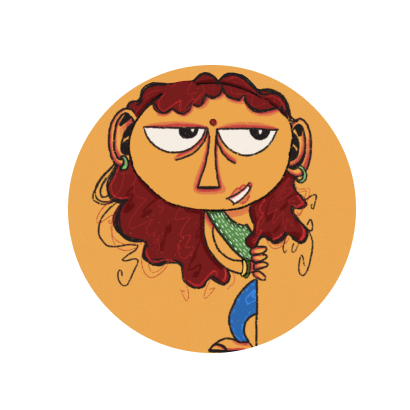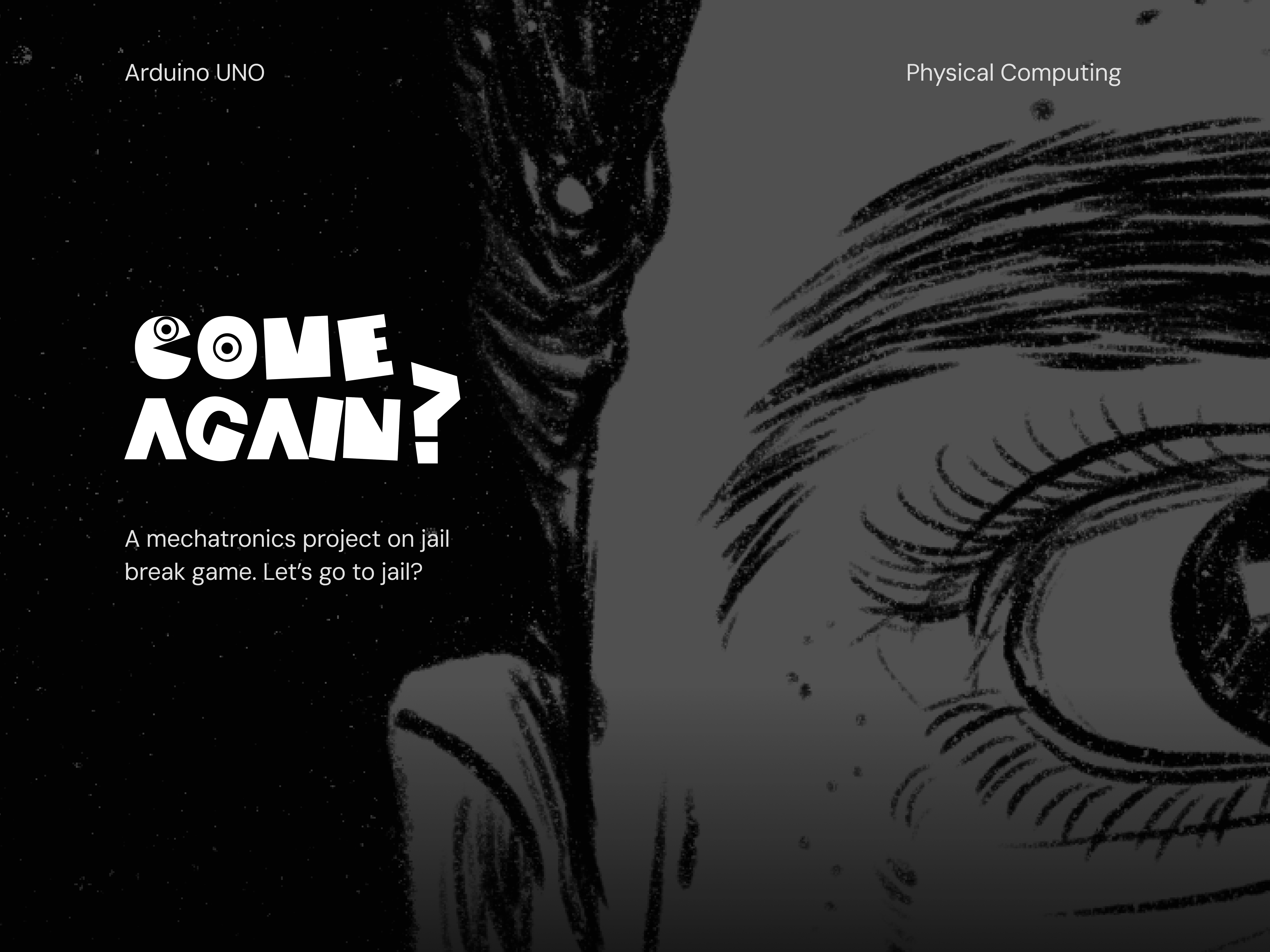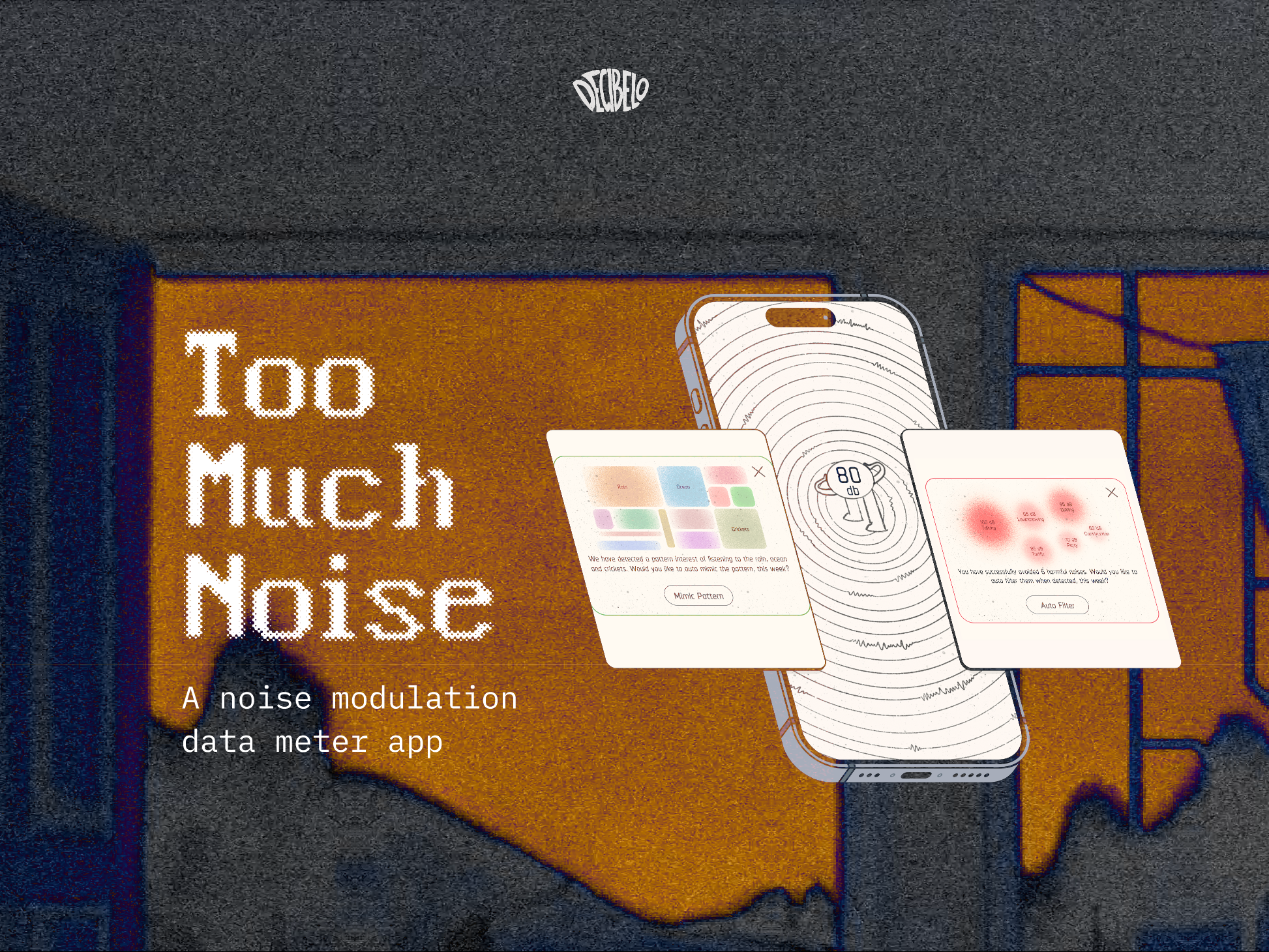Objective:
To design a system-service that caters to the needs of pregnant women in rural India, such that it improves maternal health and the pregnancy experience for the women, their ancillary support system and the doctors.
This project includes a team of 12 designers from IBM.
My contributions were, as one of the core researchers and interaction designers, in this project.
Skills & Tools Used
User & SME interviews, empathy & stakeholder mapping, affinity mapping, iceberg model, system mapping, customer journey mapping, scenario mapping, causal loop diagrams, service blueprint, rapid prototyping.
Find the trailer to our final output, down here ⤵
This project went through multiple iterations of research and conversations.
Research
User Group
- Women in rural India - aged 18-55 years
- The pregnant woman’s ancillary support system - husband, in-laws, close friends, maiden family.
- Doctors and nurses at local public healthcare centres
- Community healthcare workers - ASHA & anganwaadi workers.
- Interviewees hailed from lower socio-economic backgrounds, primarily from rural and peri-urban areas of India. A total of 79 interviews were conducted across 8 states in India.
Interviewees hailed from lower socio-economic backgrounds, primarily from rural and peri-urban areas of India. A total of 79 interviews were conducted across 8 states in India.
Research Goals
Research goals were divided between two major domains -
1. Healthcare
- To understand the quality of maternal care and current medical practices.
- Identify barriers in accessing and utilising maternal healthcare.
- Assess doctor-patient interactions.
2. Socio-economic context
- Understand the tightly interwoven cultural and communal beliefs.
- Evaluate community’s lack of access to information and technology.
- Identify repeating behavioural patterns and systemic beliefs in our user group regarding gender bias, misogyny, adherence to doctors instructions and traditional remedies.
Important Insights
The team created various maps to help analyse the vast amounts of research conducted.
Clarity about the ecosystem surrounding the pregnant woman, and the medical journey she goes through during her pregnancy enabled us to identify major pain points - which we could affect - in the woman's journey.
Ideation
Four main needs were identified from the research, which formed the ideation parameters:
- Accessible, accurate and actionable information that is sensitive to the pregnant person's context.
- Healthy attitude towards medical adherence.
- Educating the pregnant person and their ecosystem.
- Facilitated communication with the medical staff.
The team ideated on various ideas, and used the following matrix to assess the ideas based on various factors such as feasibility, level of engagement, learning curve of the users etc.
Final Output
A highly complex ecosystem surrounds pregnant women in rural and peri-urban areas in India, wherein, due to lack of right and timely intervention, many women lose their lives to preventable complications during pregnancy.
UMA is a service that seeks to empower pregnant women and their ancillary support system with the right information regarding their pregnancy, improve medical adherence and help seeking behaviour, and facilitate better patient-doctor communication, so that the pregnant woman can receive timely aid and does not lose her life to preventable complications.
UMA makes use of the very unassuming house calendar that is present in almost every Indian household, and scales it up into a tool which the woman uses to track her pregnancy and day-to-day symptoms, to gain additional information about it, and to better communicate with the doctor.
These are the major touchpoints in the service:
Our mascot - Uma Didi - is a vital vehicle in helping our user group relate to and absorb the information she imparts through short informational videos. Uma Didi is a product of extensive research into the relationship of a pregnant woman with her most trusted aide during her pregnancy - who is usually a close older female relative.
The team strived to translate the persona of this aide into a mascot who pregnant women and their families would be able to identify with and relate to, thereby building trust in the service.
Uma Didi features in the informational videos which the users can watch by scanning the QR codes on the sticker sheet. Here is an example:
To under the service better, here is another video of Uma didi explaining it herself!
Prototyping & Testing
Initial prototypes of UMA have been tested with doctors and healthcare workers to positive feedback. Future testing and eventual deployment of the service is underway.
Find our published paper at the Service Design Network 13th Volume of Touchpoint - Become a member and read here!








